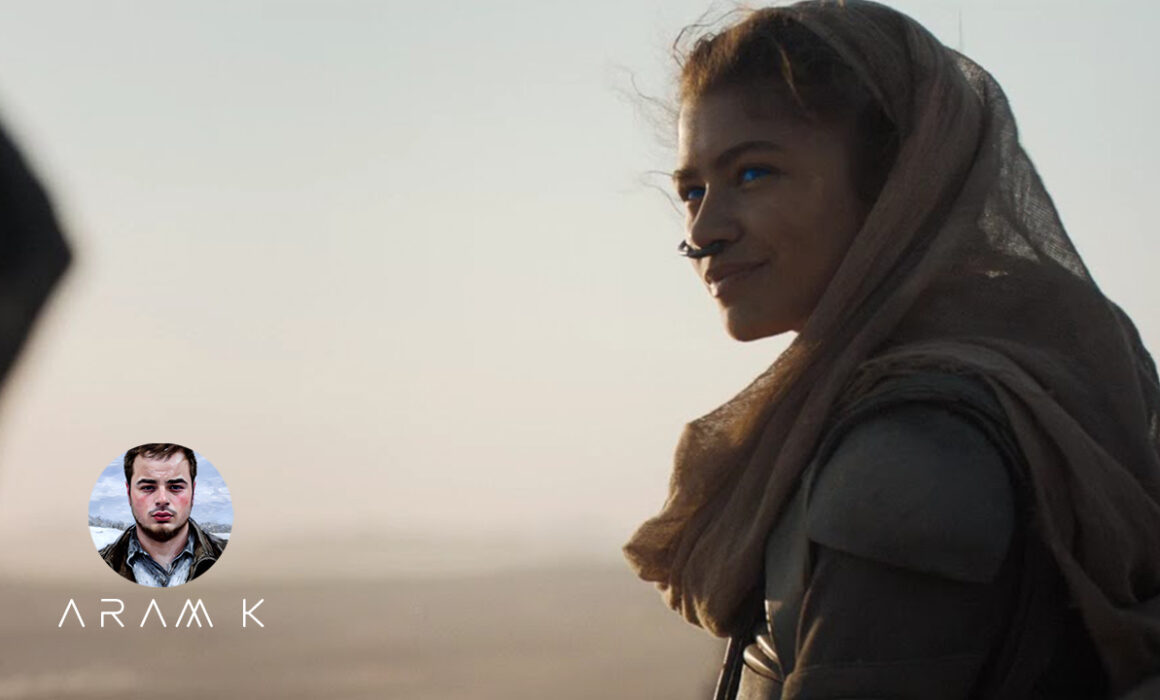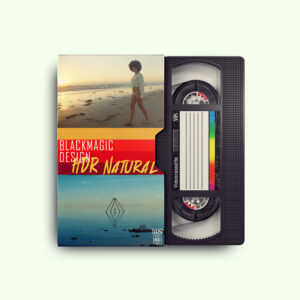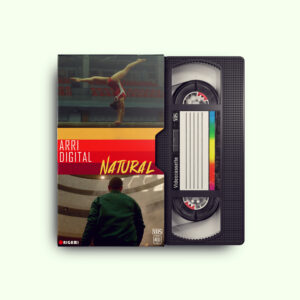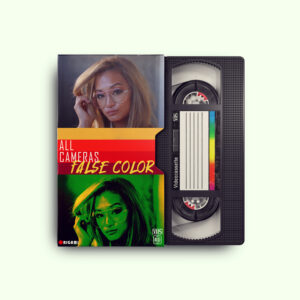What is Color Grading ?
What is Color Grading ?
Color grading refers to a crucial technique in film and video production that involves altering an image to create an alternative story narrative or look. This process plays a pivotal role in enhancing the viewer’s experience by imbuing scenes with depth and emotion, effectively transporting them into the moment.
Through color grading, an image can undergo significant transformations, completely altering its original appearance to convey different moods or settings. For example, color grading can create the illusion of an otherworldly reality, simulate a deserted planet, or achieve a day-for-night effect, among other possibilities.
In today’s digital age, color grading is predominantly conducted using advanced software such as DaVinci Resolve or Baselight. These digital tools empower filmmakers and video producers to manipulate colors, tones, and visual elements with precision, allowing for the creation of visually stunning and immersive content.
Let’s take a look at the example below.

The image above is commonly known as a digital negative in the world of photography. In modern digital photography, most cameras capture images in RAW format, which is often referred to as “LOG” in some contexts. Essentially, a RAW image is akin to a digital negative that hasn’t undergone development, retaining all the raw data captured by the camera sensor.
One characteristic of RAW images is their appearance, often described as having a milky greyish hue. This appearance is due to the unprocessed nature of RAW files, which lack the color correction and enhancements applied during the development process. RAW images preserve maximum detail and allow for greater flexibility in post-processing, making them a preferred choice for professional photographers and filmmakers.
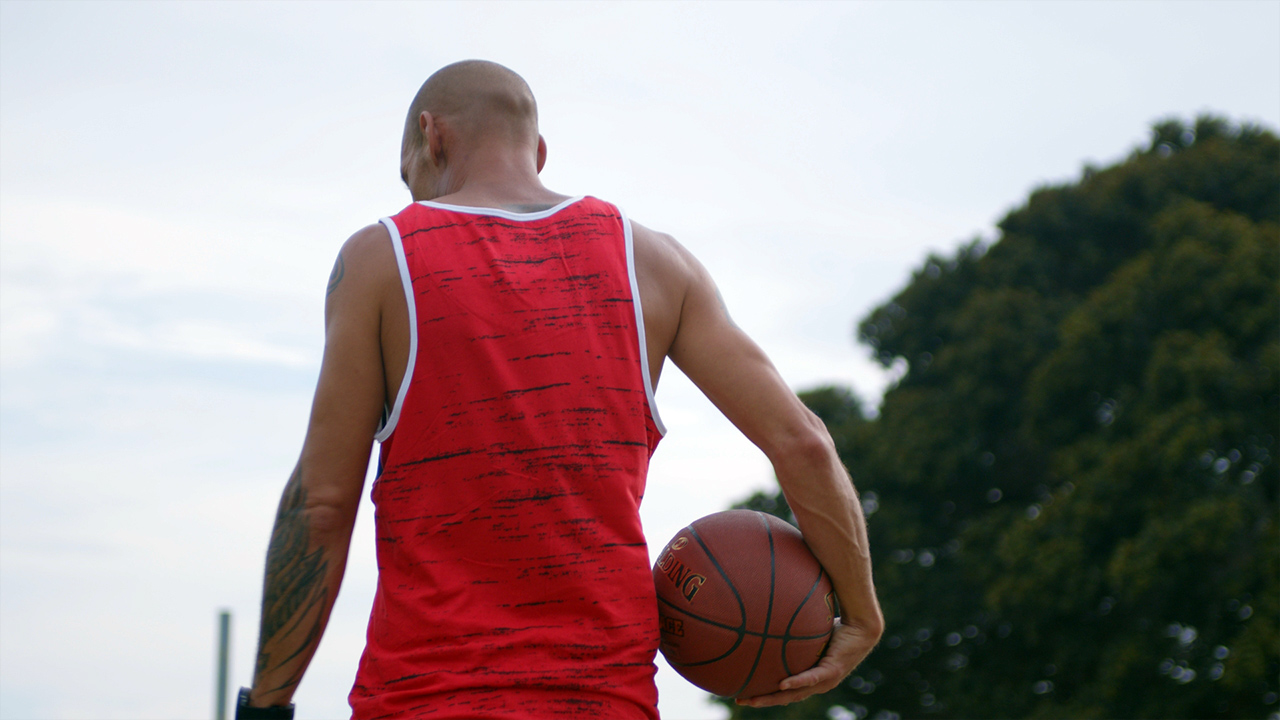
When we utilize digital software to develop an image, we can achieve results that closely resemble what our eyes perceive. This process involves enhancing the image with appropriate colors and contrast, bringing it closer to reality. However, the journey doesn’t end there; we can delve deeper and apply color grading techniques to create a specific aesthetic or mood, thereby immersing the viewer in a captivating visual experience.
To illustrate, let’s consider an example where we aim to match the look of our image to that of the movie “Dune.” By employing advanced color grading tools and techniques, we can emulate the distinctive color palette, contrast levels, and overall cinematic feel of “Dune,” thereby enhancing the immersive quality of our image and evoking a similar ambiance as the movie.

Let’s match our shot to the Dune.
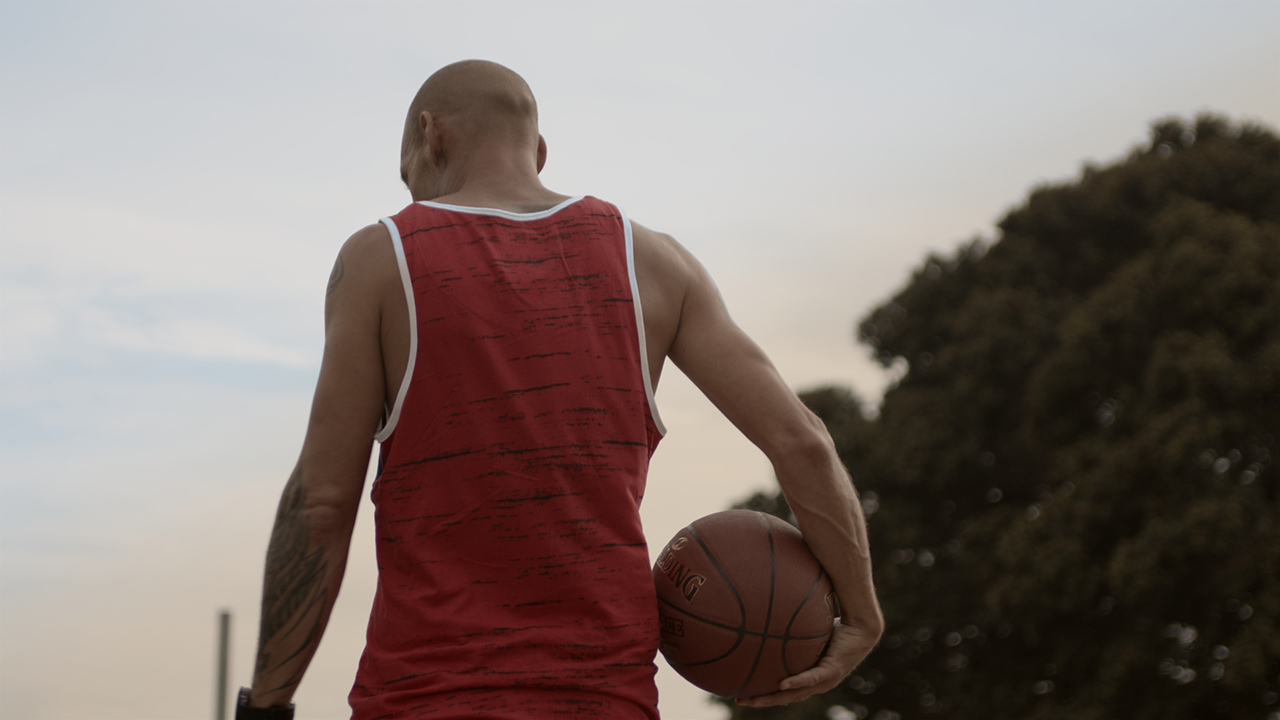


After making adjustments to the overall color temperature, saturation, and balance, we successfully achieved a similar color palette to that of “Dune.” However, it’s important to note that these changes represent just the initial steps in the color grading process. Color grading involves a series of intricate steps and techniques aimed at refining the visual appearance of an image or video to achieve a specific artistic vision or narrative tone.
While the adjustments we made are fundamental in creating the desired color palette, there are numerous additional steps that can be incorporated into the color grading workflow. These may include fine-tuning individual color channels, applying selective color grading to specific elements within the frame, adjusting contrast and brightness levels, adding visual effects or filters, and more.
In essence, what we’ve demonstrated is a simplified version of color grading, highlighting the basic principles of adjusting color temperature, saturation, and balance to achieve a desired look. The full color grading process encompasses a wide range of techniques and tools that allow for precise control and customization of the visual elements, ultimately contributing to the overall storytelling and emotional impact of the final image or video.

